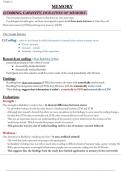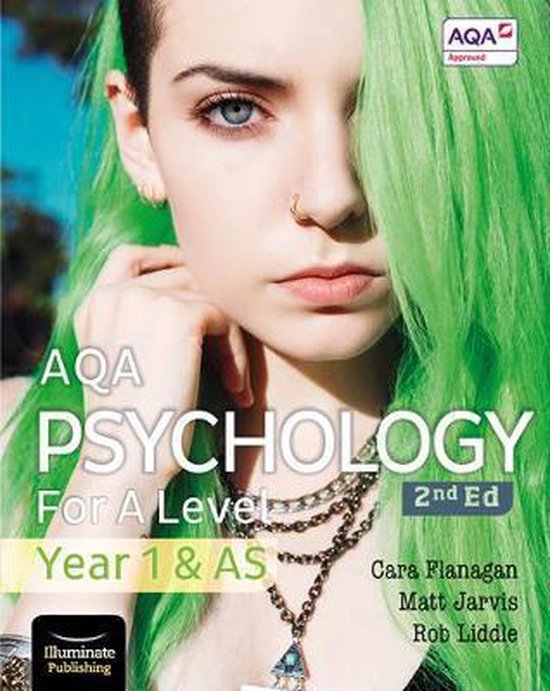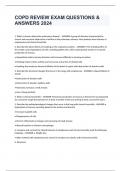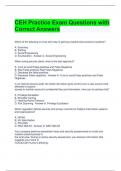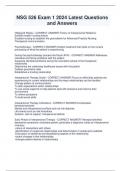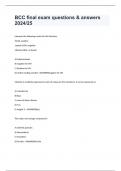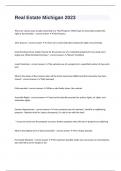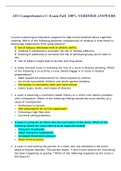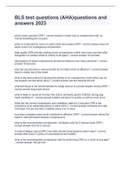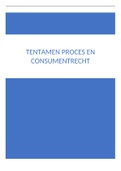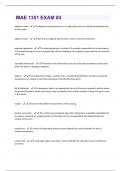Samenvatting
Summary AQA Psychology for A Level - Memory
- Vak
- Instelling
- Boek
Designed for students seeking a thorough understanding of memory processes, these notes provide a comprehensive and insightful exploration of the key concepts in the field. The notes cover influential theories that have shaped our understanding of memory, such as the multi-store model and the work...
[Meer zien]
